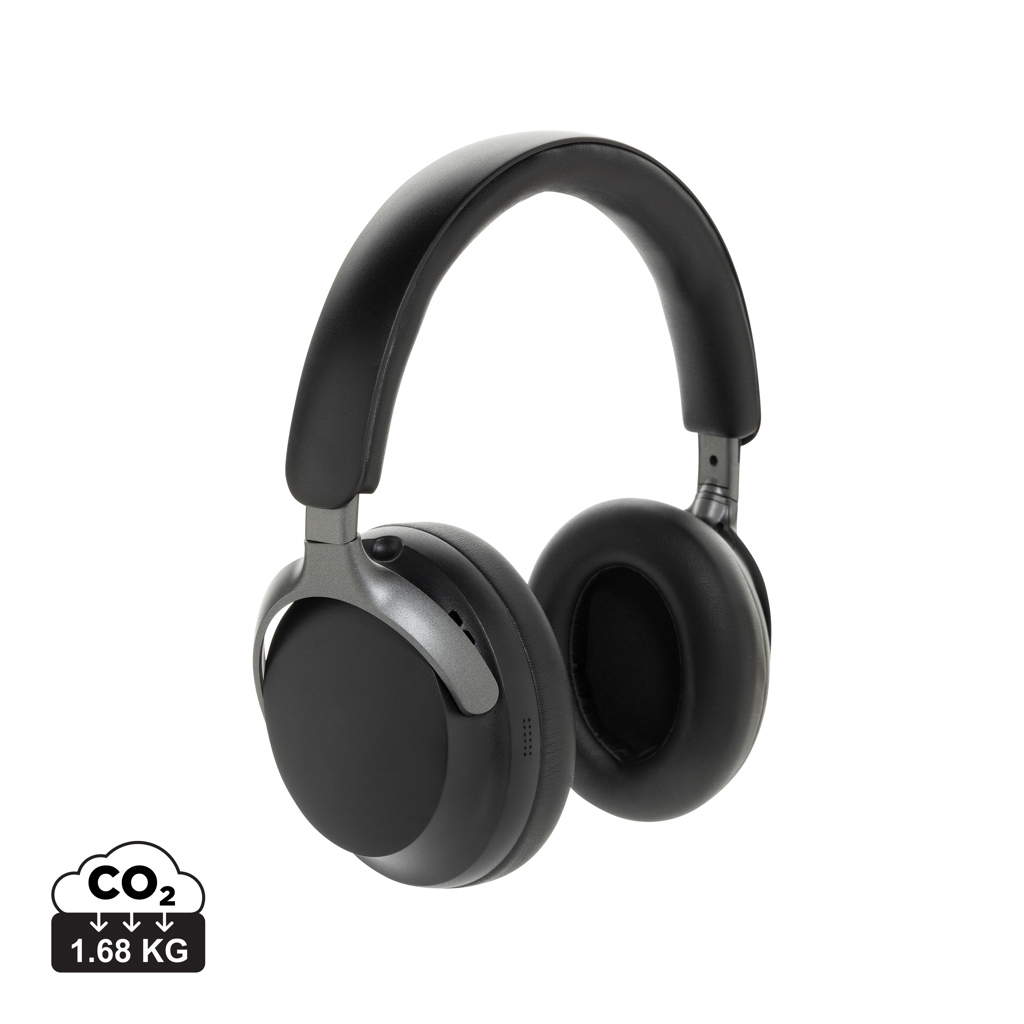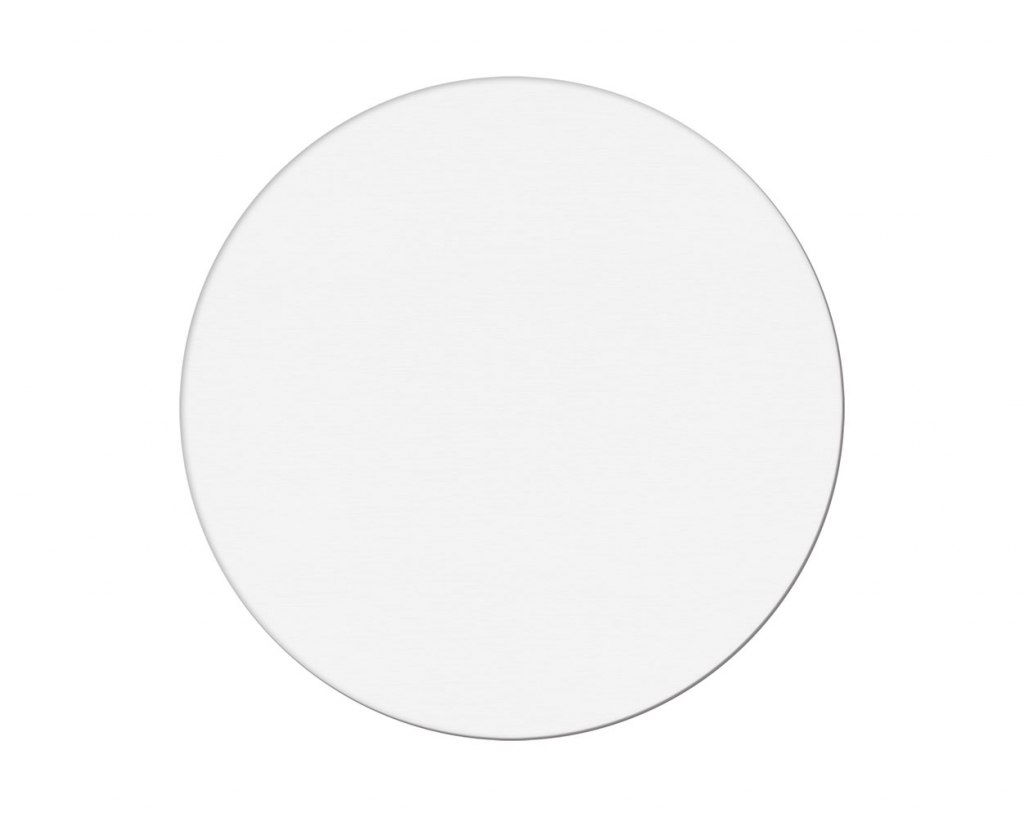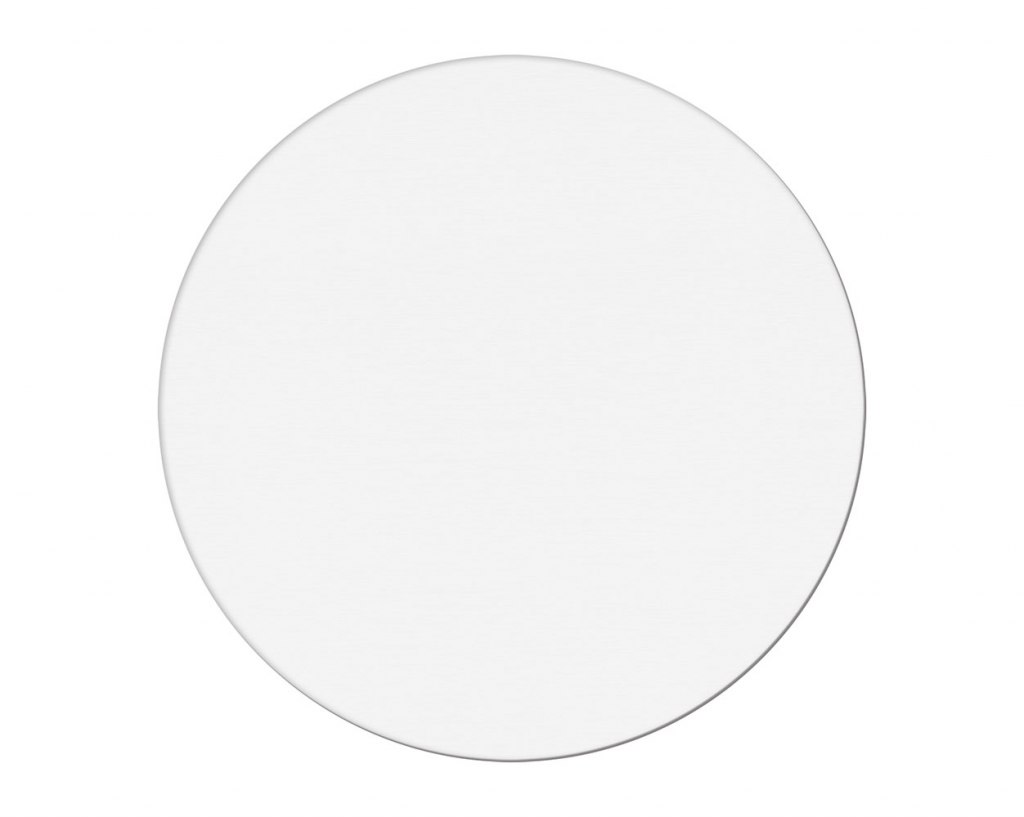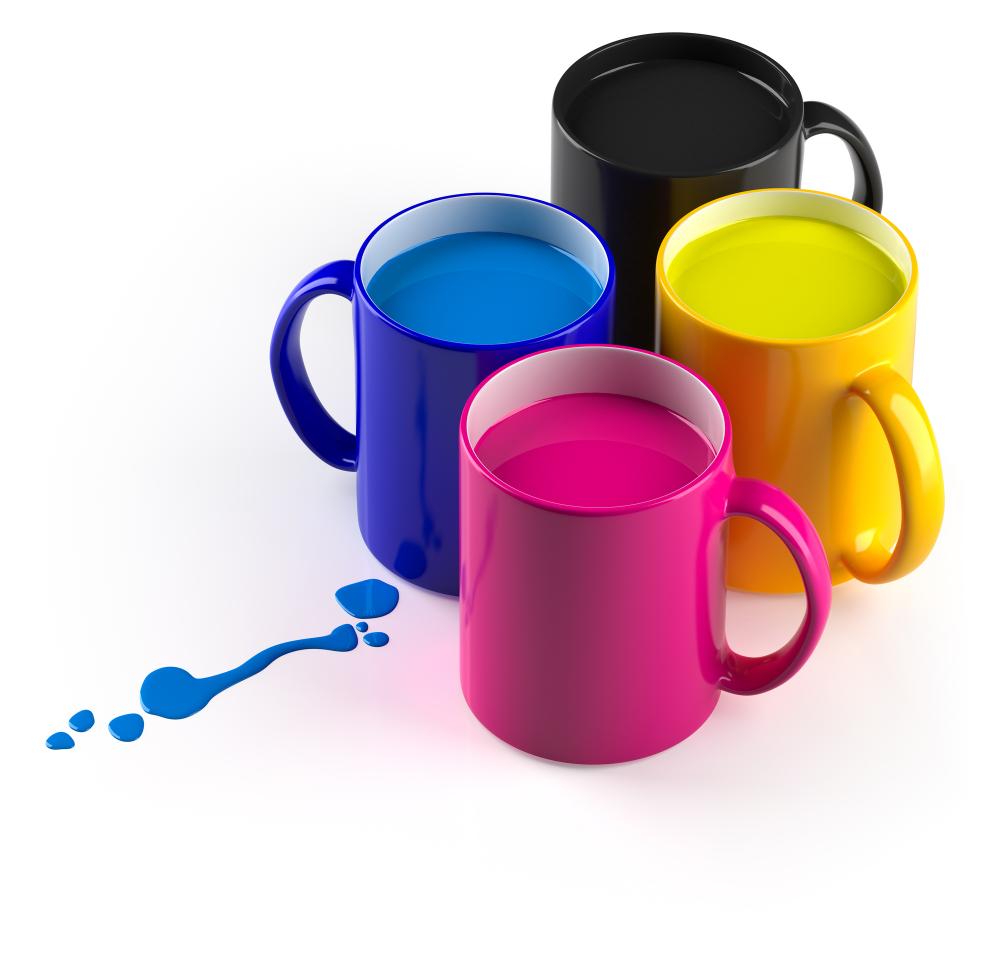
It's not that easy to choose the best method for printing your swag. You need to know what advantages each method brings so you can make an informed decision. Usually, before deciding how to print there needs to be an understanding of what type of materials can be digitally printed. Trully dedicated to give you the best materials in order for you to make the best decissions, we are starting today a new series of articles in which we describe the advantages of each printing method, that we use successfully in our workshop. Digital printing (DTG) is the one that opens the series of 14 materials that will help you speak the same language with the specialists in printing and personalization and will spare you to spend money, without getting the results you want.
If you tried to customize textiles (t-shirts, work uniforms, hats, etc.) chances are you stumbled upon this word: DTG. What does it actually mean? DTG is an acronym for Direct to Garment printing, which is a technology that helps you print small series of textiles and do so quickly.
In the workshops you will meet this technology also under the name of digital printing.
The method involves using a printer with inkjet technology. With its help, special inks are printed directly onto the fabric. These inks are absorbed by the fibers of the material, and the result is a print in many colors, that's done in a very short time.
DTG or digital printing is a safe and easy to use method in the workshop. It involves only 3 stages of work:
1. Create the image or print text and upload it to the workshop computer
2. Prepare the textile material and attach it to the printer
3. Activate the print program
Advantages and disadvantages of digital print (DTG)
Most of the time, when we try to highlight what the digital print brings to the table, we tend to compare it to screen printing, a much older method used to personalize textiles. And although the digital printing evolves every year, screen printing still remains a working method for small series.
Here are the advantages of DTG:
- you can print even one article
- printing takes little time - a shirt is ready in just a few minutes
- the texture obtained is fine, pleasant (because the ink is inserted onto the fibers of the fabric and gets absorbed by it)
- there is no limit to the printed message - it can be anything: text or image, imagination is key here!
- complex details or images will be faithfully printed
In addition, new printers can customize even black fabrics through digital print (which was not possible before). In this case, however, it is necessary that the textile material be printed twice.
Disadvantages of DTG:
- It is a good method for small series of textiles; in the case of a large number it is not profitable
- the colors are calibrated harder and the way they will come out on the textile depends on several factors: the quality of the material used for the print, the temperature of the environment and its humidity
- maximum print size is 40/50 cm
- stitch prints are not recommended
- It is easier and cheaper to print on light colors, than on dark textiles
Finally, DTG prints will need more attention when washing. This may also mean that in time, the message will lose its gloss or become faded, if the customized DTG textile item is not washed at low temperature or by hand.
How much does digital printing cost?
The short answer to this question is: the size of what you want to print dictates the price of printing. This is because the ink used by inkjet printers is very expensive. So a larger print, with full design (letters or images that need to be filled in a lot of color) will increase the final price of printing. What you can remember is that in general, DTG is a cost effective print method when you have small series of textile to print.
We have no doubt when we tell you that DTG has truly revolutionized the world of printing. It eliminated the work steps from the workshop and this allows us to get results in a short time. The same DTG allows people in the workshop to decorate textiles with complicated patterns or messages, and this can be done in just a few minutes.
It is equally true that the end result of the print depends very much on the type of textile material that reaches the printer. For best results, we recommend using textiles with fine surface, 100% combed cotton.
Are you ready to see what your textiles would look like with DTG technology? Ask us for your FREE sample at office@todayadvertising.ro
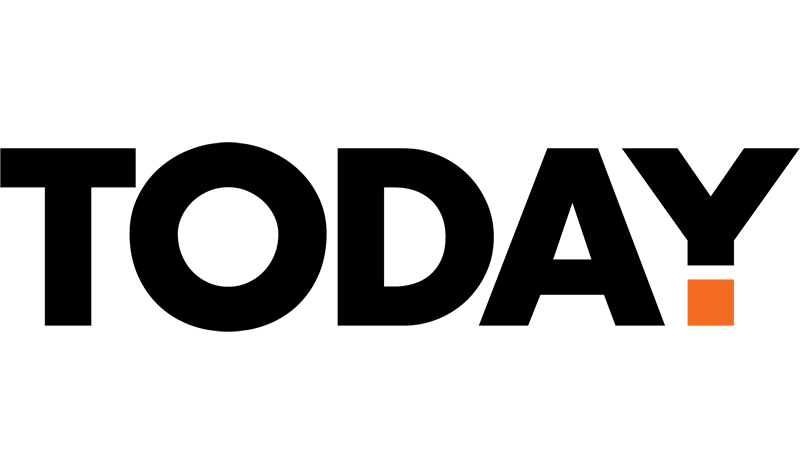


 RO
RO